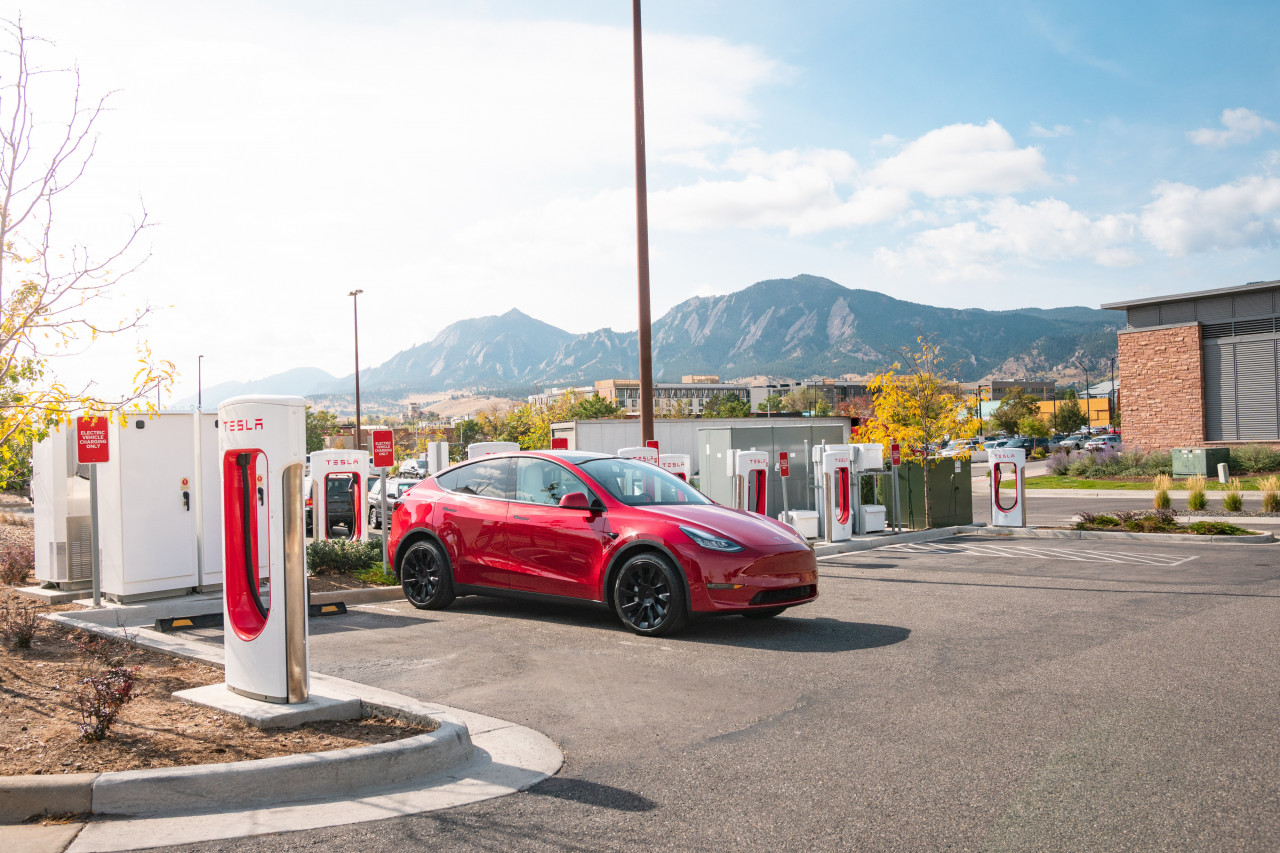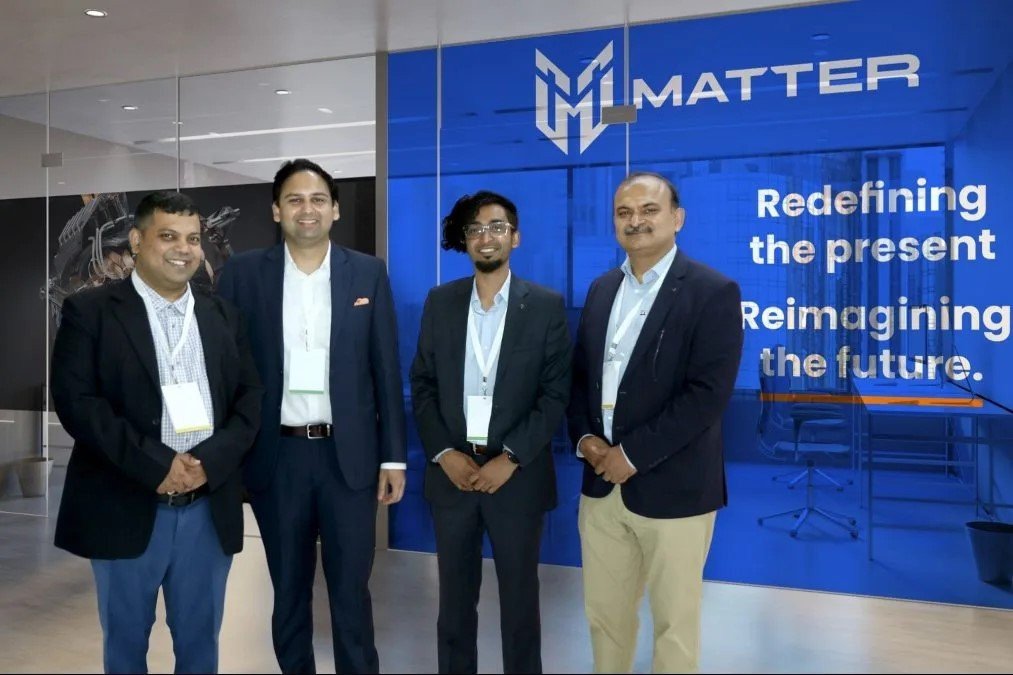Battery Swapping: Poised for a strong growth
There is no denying that the advantages of battery swapping far outweigh its cost. With policymakers recognizing the value of battery swapping, making it 'as a service model' can further bolster e-mobility penetration in India.
Do you think that the e-mobility sector is tangled in a kind circular reasoning? Should we put up more charging stations to augment demand? Or wait for the demand to catch up before installing charging stations? Is there an alternative solution which can cater to the need of the sector?
To promote e-mobility transition in India, the central government has continuously worked towards productive and inclusive policies/ schemes. The ongoing Phase II of Faster Adoption and Manufacturing of Hybrid & Electric Vehicles in India (FAME India) is one prime example. The scheme is implemented for three years from April 2019 with total budgetary support of `10,000 crore. Up till February 2020, Phase II had sponsored 14,160 EVs in India by way of demand incentive amounting to about `50 crore.
In this regard, the Department of Heavy Industries (DHI) has also approved 2636 EV charging stations in 62 cities for about `500 crore. Recently, the Ministry of Power (MoP) in its June 8 notification, revised the guidelines for EV charging infrastructure, wherein, Battery Swapping Services (BSS) was encouragingly acknowledged. Making it 'as a service model' which can bolster the country's effort towards e-mobility transition.
To understand the nascent BSS business model, India Energy Storage Alliance (IESA) pursued a focused virtual roundtable discussion on EV Battery Swapping Roadmap for India. A series of virtual roundtable discussions were held to comprehend the role of the service providers in creating a commercially viable ecosystem, opportunities and challenges therein and regulatory requirements.
So the leading question can be – which is a promising customer base? As per the industry players, due to a smaller fleet size, distance per day coverage (~60-70Km/day), and minimal operational complexity, BSS is commercially viable for e-2Ws and e-3Ws. Wherein, implementors like Bounce, Sun Mobility, Ola Electric, Hop Bike are providing services and boosting confidence of others to join the bandwagon.
As per the market expectations, the e-4Ws drivers demand the EV charging time be within 15-20 minutes. If the present infrastructure provides that charging efficiency, then the existing support is adequate. But, once there is a growth in electrified 4W fleet, swapping can offer an economic charging arrangement to enhance their daily demand management as it reduces vehicle cost, maintenance changes, and battery upgradation cost.
For buses, fixed packs are more fitting as batteries are sophisticated, bulky and require liquid cooling. The available battery packs provide appropriate coverage on a full charge for inter-city buses like Pune-Mumbai or Delhi-Agra (an approximate distance of 250-300 km). For distances more than 500 km, there are other superior technologies like hydrogen-fuel cells or a high-priced hybrid swapping model. But the model complexity, energy demand and investment (fixed plus swappable) makes the pricing uneconomical.
The CAPEX for setting up such stations is highly dependent on the business model. For example, Bounce operates via mom and pop store and hence requires a low initial investment. Typically for four batteries per charging station, the CAPEX is around `2,00,000. Whereas, for Ola, the best in the class bulk charger with 16-20 odd batteries leads to a CAPEX of approximately `7,00,000 - `8,00,000.
However, funding such service providers remains a challenge. Due to the lack of trust among financers, there is a shortage of accessible financing. Even if credit is extended for buying batteries, the availability of loans for EVs without batteries is not optimistic. Considering the primary value of an EV is in its batteries, bankrolling such a vehicle becomes difficult as its salvage value is unavailable to the lenders.
Recognizing the apprehensions of NBFCs (Non-Banking Financial Institutions) and PSEs (Public Sector Enterprise) and designing indices, which can quantify the salvage value/resale value of such vehicles can augment loan credits. Additionally, clarity on incentive availing protocol by BSS, in line with the PCS, can be examined. Including BSS in the FAME II scheme and formulating a generalized guideline for Expression of Interest to make BSS providers part of the FAME scheme ecosystem is also required.
Moreover, an absence of notified EV tariffs adds to the present list of impediments. In Karnataka, Bounce pays `8-9/unit, whereas, in Gurgaon, Ola pays `10.1/unit. Like Delhi's EV tariff, if the government of Karnataka or its regulatory commission issues a notification, the charging cost could reduce to `4-4.5/unit. In Delhi and Mumbai, BSS can apply for LT connection till 200kW whereas in other cities it is <50 KW. Hence, if one implements or aims to install two chargers in any other city, it would require an HT connection causing an additional CAPEX of ₹5,00,000- `6,00,000 for an additional DT installation, grid infrastructure up-gradation, etc.; resulting into a service that is economically unviable.
There is also need to bring changes in the Section 42 of the Electricity Act, which provides minimum threshold for open access to be 1MW. Since, for battery swapping stations, the aggregate demand is small and scattered across the city, there is a consensus to relax the above-mentioned threshold for EV charging/ battery swapping
In this regard, a detailed study on ascertaining EV tariff for charging infrastructure is required. Central Electricity Regulatory Commission (CERC) and State Electricity Regulatory Commission (SERC) should discuss and finalize a single procedure for determination of EV tariff methodology. The purpose of a separate tariff for battery swapping is not pragmatic. In line with the government's approach of having fuel agnostic subsidy payment, the EV charging tariff should also be technology/ service delivery agnostic. Similar to the solar and wind energy projects, the MoP may also look into waiving off Interstate Transmission System (ISTS) and transmission losses for captive plants specifically supplying to BSS.
Similarly, the presence of differential taxing, i.e. 5 percent GST on chargers and 18 percent on the charging/swapping services stunts the growth of the sector. It is vital to consider EV charging or battery swapping as a special service. The applicable GST can be nil for the next 2-3 years and may gradually be increased to a rate of 5 percent, similar to that of EVs and public transport services that are currently administered at 5 percent.
Monitoring policy implementation
The State regulators play an important role in e-mobility transition. Many State EV policies are either in the final stages or under formulation; including BSS in such policies can induce the necessary momentum. Recently, Rajasthan Electricity Regulatory Commission (RERC) notified a concept paper on 'Regulatory Framework for Promoting Electric Vehicles and their Impact on the Grid' along with draft Suo Moto order. Wherein, RERC has introduced BSS for 2Ws and 3Ws. The notified concept paper may serve as a benchmark for others, but notable obstacles in the enforcement of such policies should be monitored. Existing State policies of Andhra Pradesh, Karnataka, Kerala, highlight fiscal as well as non-fiscal incentives. However, its implementation along with disbursement/utilization of the determined incentives by the sector players remains a hurdle. It is important to monitor an effective execution of the existing policies before issuance of other States' policies.
Battery standardization
To proliferate the battery swapping services, besides financing and taxations, does technology standardization play a role? Majority believe that considering the nascent market, the standards should be applicable only for safety purposes. For example, EVs having swappable batteries need to be tested as per AIS-038 for M&N category and AIS-156 for L-category vehicles. Similarly, IEC-62840 is finalized, ETD-51 team is currently working on defining charging standards for swappable batteries. In terms of chemistry, size, and voltage, standardizing the battery packs would impede the developing market.
For separate applications, heterogeneous chemistry and size of batteries are required – portable applications focus on higher energy density, batteries for commercial EV focuses on the higher number of miles per swap. In contrast, batteries for personal EV focuses on specific limited things. Therefore, a one-size-fits-all strategy would be a barrier in customizing batteries for different use-cases.
Standardizing the sliding mechanism and connector installation could be examined, but presently players are exploring respective technologies. The market would eventually adopt an efficient technology; hence, standardization of an accepted technology may be done in due period.
Energy rating system
For interoperability, the Bureau of Energy Efficiency (BEE) may take upon itself to devise an energy rating system for swapping stations based on their operating efficiency, rating of chargers or roundtrip efficiency of charged batteries packs. Due to the government's inclination towards technology-agnostic batteries, there is a need to establish performance criteria and efficiency parameters. Thus, BEE has set-up a high-level panel to frame efficiency parameters and performance requirements to aid battery swapping in EVs.
Battery waste management
Nowadays, operating a commercially marketable service, the company needs to consider its products' end-of-life disposal as well. Currently, there is awareness about the retired EV batteries for stationary applications such as – street lighting, UPS, microgrid energy storage, ancillary services, and other grid-support utilization. Nevertheless, there is an absence of prescribed fitting norms along with an identified implementing authority. One can refer the draft Battery Waste Management Rules, 2020 by the Ministry of Environment, Forest and Climate Change. However, there is an additional requirement for robust recollecting infrastructure and incentives. Also, formulating a Scraping Value Index for such batteries could present an accurate picture of the estimated value of batteries.
The industry players believe in continually improvising and innovating to improve customer experiences. It requires the players to understand the customers' needs, aspirations and reasons to opt for such a service that can be supported by a centralized database. As per Section 6 of 'Charging Infrastructure for Electric Vehicles - Guidelines and Standards' – Central Electricity Authority of India has the authority
to create and maintain a national online database of all the Public Charging Stations (PCS) through Discoms. But for a comprehensive understanding, it is essential to extend the database to battery swapping infra as well.
The areas, as mentioned earlier, create an engaging case for battery swapping services as a suitable alternative. One can argue that it is a long way to instil trust in the consumer, but not getting tangled in circular reasoning, or the chicken and egg situation, should also be examined. There are many innovative models and technologies which can be considered. Among those, the battery swapping service is paving its own path for growth.
















